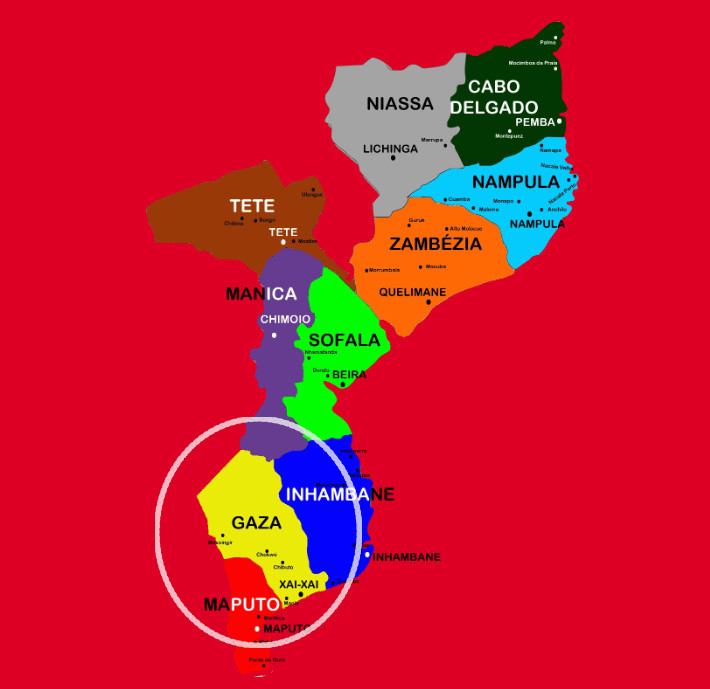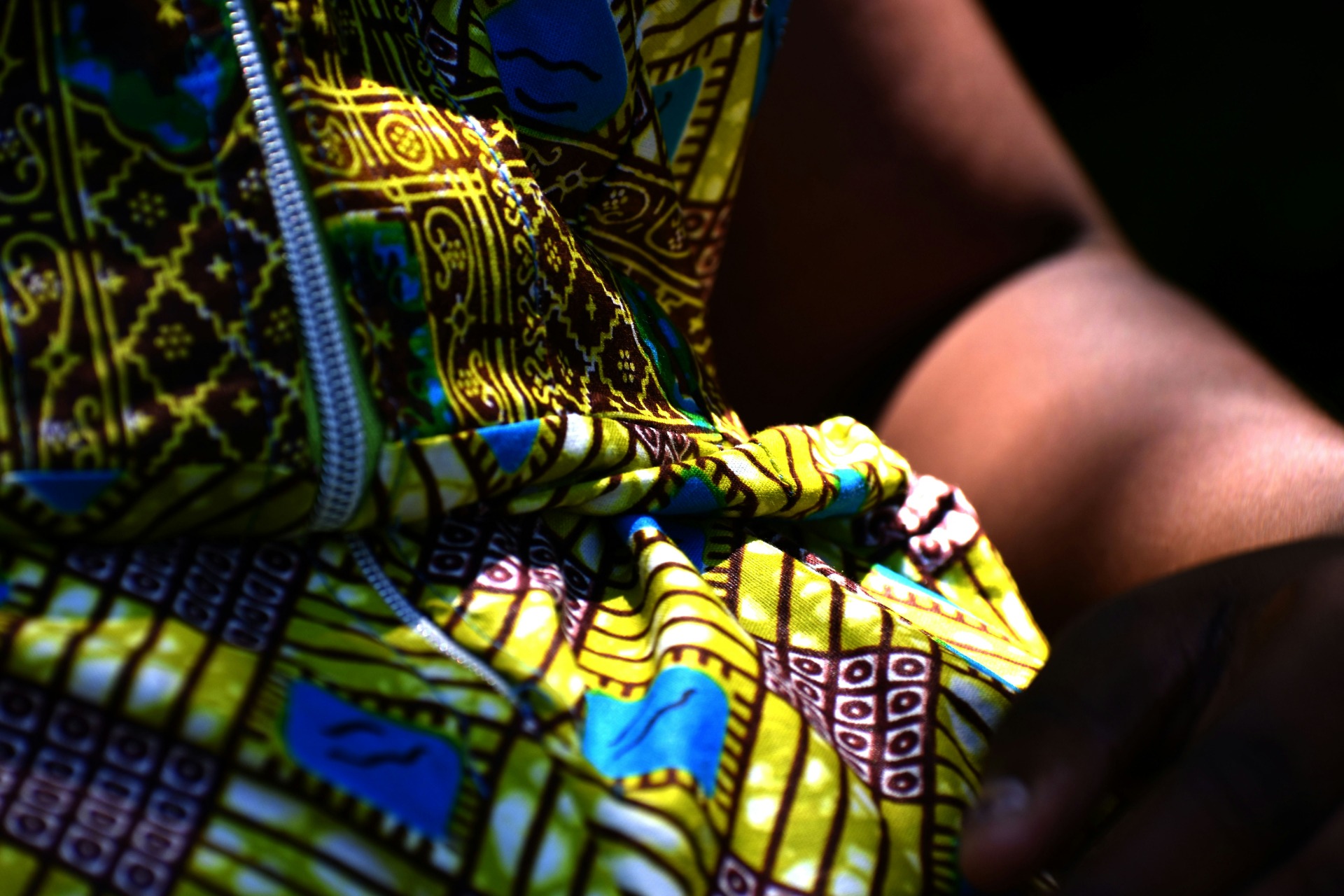MozambiqueExpert - Investors Guide
Invest in Gaza Province

Minerals & Extractive Industries Sector
Gaza Province: Mozambique's Extractive Frontier—Opportunities, Challenges, and the Quest for Resilience
The Government of Mozambique has made the minerals and extractive industries sector a fundamental priority for national development. This strategic focus aims to leverage the country's vast mineral wealth to drive economic growth and employment creation. Gaza Province, located in the south, holds globally significant deposits, particularly heavy mineral sands, positioning it as a key player in the nation's extractive strategy. However, investors and the public must be aware that developing these resources involves navigating critical environmental, logistical, and social risks inherent to the region.
Natural Resources: Facts and Figures
Gaza Province is rich in mineral and biomass resources, attracting major foreign investment in large-scale extraction, primarily by Chinese companies.
Heavy Mineral Sands (HMS)
Gaza is home to the world's largest known undeveloped heavy mineral resource.
Corridor Sands Megaproject: The largest known economic ilmenite deposit globally is the Corridor Sands heavy mineral sand deposit, located near Chibuto, approximately 50 km inland from the Indian Ocean coast. The deposit contains ilmenite (titanium-bearing sand), rutile, and zircon.
Scale of Reserves: The overall resource for the Corridor deposits at Chibuto was estimated to contain 2.672 Gigatonnes (Gt) of heavy minerals. The development of this titanium-bearing sand deposit requires an estimated investment exceeding US$500 million for the mine, smelter, and transportation facilities.
Active Exploration: Exploration and mining activities are significant; the entire 300 km coastline from south of Xai-Xai to Inhambane city is allocated for heavy sands exploration. As recently as February 2022, MRG Metals, an Australian company, announced confirmation of "excellent" heavy mineral sands deposits in its Nhacutse and Poiombo areas in Gaza.
Diamonds, Uranium, and Construction Materials
Gaza's resource base extends beyond heavy sands, encompassing materials crucial for construction and future energy exploration:
Diamonds: Diamonds have been discovered in the Massangena district of Gaza Province. Alluvial, micro-sized diamonds have also been found in the Limpopo and Singédzi rivers. Exploration for diamonds, though unquantified, is focused primarily on Gaza.
Limestone and Construction: The government commenced activities in September 2024 to assess the viability of limestone in districts like Massingir, Mabalane, Mapai, Chicuálacuala, Massangena, and Chigubo. Limestone is a versatile industrial mineral used widely in the construction, chemical, and agricultural sectors.
Future Exploration: In June 2024, a Chinese institution announced preparations to start researching and investigating zircon, uranium, and gold in Gaza province, with commercial values dictating the start of potential exploration and export.
Biomass: Charcoal production remains a dominant extractive activity in the province, serving as the main supplier of energy for the capital city, Maputo. The Mabalane District specifically has the highest number of licenses for charcoal production in Gaza.
Opportunities and Policy Support
The government aims to leverage these resources to drive job creation and industrial development through strategic infrastructure and policy incentives:
Industrial and Infrastructure Linkages: The CSL project is a robust, long-life investment. The government's policy prioritizes increasing the local capture of upstream linkages to megaprojects, creating opportunities in food supply, construction services, and support services (e.g., security, transport).
Special Economic Zones (SEZs): Gaza is one of six provinces designated with Special Economic Zones (SEZs). These zones are designed to attract investment through preferential treatment, including exemptions from taxes, customs, and foreign exchange obligations.
Logistics Investment: To overcome export bottlenecks, the government established and granted an area of port jurisdiction in the Chongoene district in July 2024 to implement and manage infrastructure for heavy sands transport from Chibuto. This public-private partnership (PPP) concession with Dingsheng Minerals' port division requires an initial investment of $55 million for the Chongoene Port Terminal.
Downstream Beneficiation Potential: Positive findings from the limestone research could lead to the setting up of cement factories in Gaza, helping to create jobs. Furthermore, potential downstream opportunities exist to further process minerals like zircon into high-purity products for electronics or ceramics. The vast quantity of fines (tailings) from heavy sand recovery should be investigated for its suitability for making bricks, addressing the acute shortage of construction materials in the province.
Systemic Challenges and Risks
The extractive sector in Gaza is inherently susceptible to significant risks stemming from climate, infrastructure, and governance weaknesses.
1. Environmental and Social Damage
Extractive activities, particularly heavy sands mining, have caused social, economic, and environmental damage to host communities.
Coastal Destruction: In April 2021, the destruction of dunes in the Chongoene district for the purpose of building access roads and a port to transport minerals from Chibuto, caused alarm and raised concerns about environmental governance. These activities can lead to erosion problems that threaten local farms and livelihoods.
Water Contamination: Gaza's economy is fragile due to its reliance on the Limpopo River. Mining activities in the shared Limpopo River basin (in South Africa, Zimbabwe, and Botswana) directly impact the viability of Gaza's environment and public health. The 2025 water contamination crisis in the Limpopo River, suspected to be related to upstream activities, demonstrated how local economic stability is acutely vulnerable to transnational shocks. Additionally, groundwater in the Limpopo National Park area contains concentrations of Potentially Toxic Elements (PTEs) that exceed World Health Organization (WHO) limits, posing a public health risk.
Resettlement Conflict: Resettlement programs following mineral development have proven to be challenging, with many affected communities seeing their socio-economic situation worsen.
2. Logistical Bottlenecks and Infrastructure
Inadequate logistics have directly hampered mineral export activities, necessitating costly infrastructural solutions.
Export Constraints: In August 2023, the Chinese mining company Ding Sheng Minerals stored over 506,000 tonnes of ore (titanium and zirconium) due to high costs and difficulties with road transport to the Port of Maputo. This inefficiency drove the government to authorize the specialized Chongoene Port Terminal.
Charcoal Constraints: Even in the small-scale extractive sector, constraints exist. The exploitation of charcoal is hampered by weak financial support, insufficient rangers (one guy patrolling 300 hectares of forest), and the high cost of alternative energy for consumers.
3. Governance and Financial Equity
Transparency and Monitoring: Despite the sector's growth (10.4% of GDP in 2022), there are governance issues regarding transparency and control. There is a lack of institutional capacity to monitor and inspect the environmental impacts of mining and other economic activities.
Low Local Allocation: Gaza Province is expected to receive only 2.2 million meticais from the allocation of mining project revenues to local communities, a small fraction compared to Zambézia (222.8 million meticais) and Cabo Delgado (223.5 million meticais).
Related Readings
